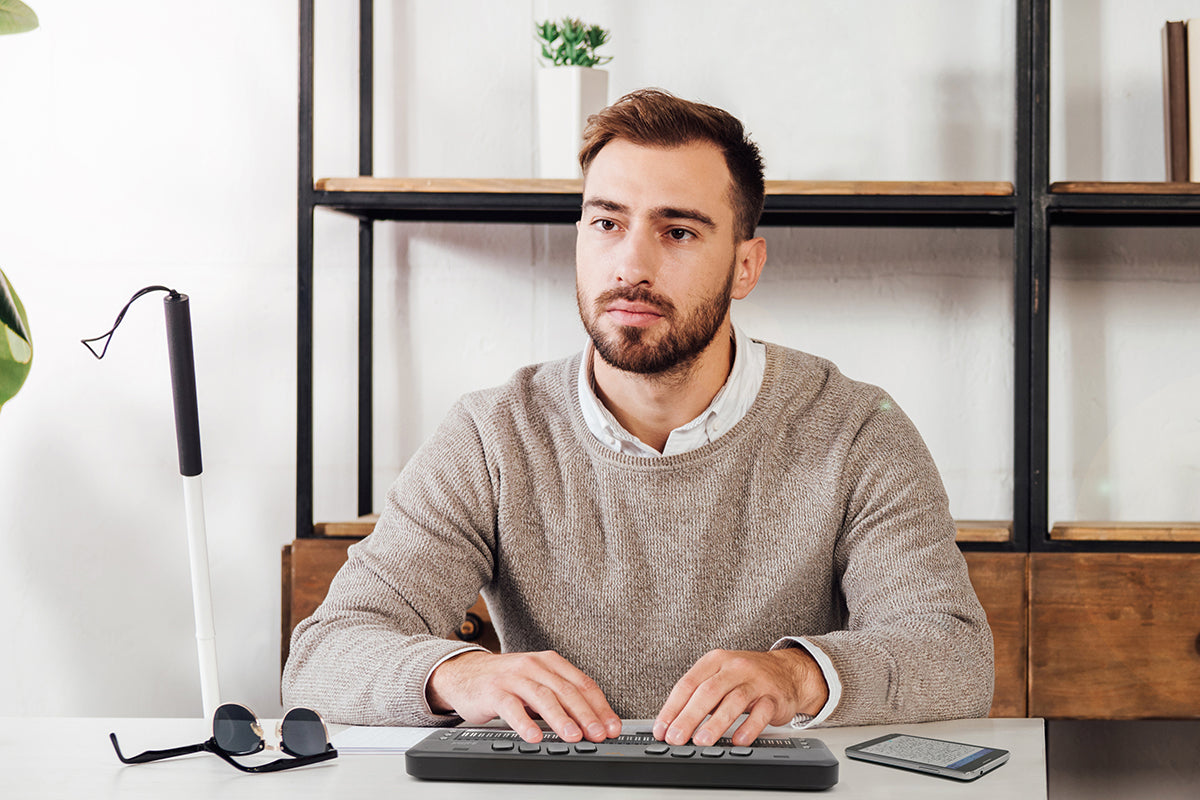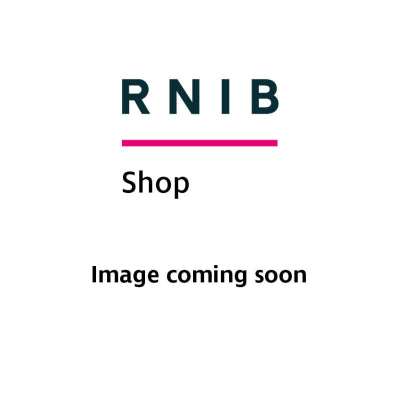Thursday (15 May) is the 14th Global Accessibility Awareness Day (GAAD), which aims to get everyone thinking and learning about digital access and inclusion.
More than a billion people have a disability or impairment (including invisible disabilities), so you’re almost certain to know someone who’s affected. More than 2 million people in the UK are living with sight loss and if you’ve ever wondered how a blind or partially sighted person uses a smartphone or a computer, then read on…
Zoom in!
Some people use magnification software to make their smartphone or computer accessible. Software such as ZoomText or Dolphin Supernova will give people accessible colour options (such as yellow text on black, or white on black) to make their computer screen easier to read too. Some versions of magnifying software will have speech functions that can read documents and web pages out loud. Speech isn’t the same as a screen reader though…
Access all areas
Screen reading software doesn’t just read the content of documents, it also supports navigation, document creation, spreadsheet management, and email, and can be used with a keyboard or a braille display. In theory screen readers can make a device and the internet completely accessible – in practice they can be hampered by inaccessible software or webpage design, or by people not including alt text when they post images on social media. (If you’d like to start adding alt text to your images, but aren’t sure how much description you should include check out RNIB’s guide to writing alt text.)
You can buy and install a screen reader on your computer such as JAWS or the Dolphin screen reader, or download a free screen reader such as NVDA. If you have an iPhone, iPad or Mac, the VoiceOver screen reader is not only already installed, it’s designed so that you can set up your device straight out of the box. Most Android phones and tablets have the TalkBack screen reader installed for accessibility.
Specialised solutions
VoiceOver and TalkBack do a great job making smartphones accessible, but they do require patience to learn – there’s a whole range of gestures (for example, the triple tap or the two-fingered swipe) to master, and that’s simply not for everyone!
So, if you’re looking for a phone or tablet that can still be used by someone with sight loss, but that takes less learning, check out our range of Synapptic devices. Synapptic is designed to make using a smartphone easier – with built-in magnification and speech, clear and simple menus, and voice recognition.
Dotty about digital
Braillists can choose to stay connected with a braille display (that functions as both a keyboard and an output device for computers, tablets and smartphones) or with a braille notetaker – roughly equivalent to a laptop with braille input and output. Most of these devices use a Perkins keyboard – eight keys that used in various combinations to produce braille characters. They all have a refreshable braille display that can be used to read documents, emails, and web pages. Like screen readers, with which these devices are usually compatible, they work best when content is accessible.




